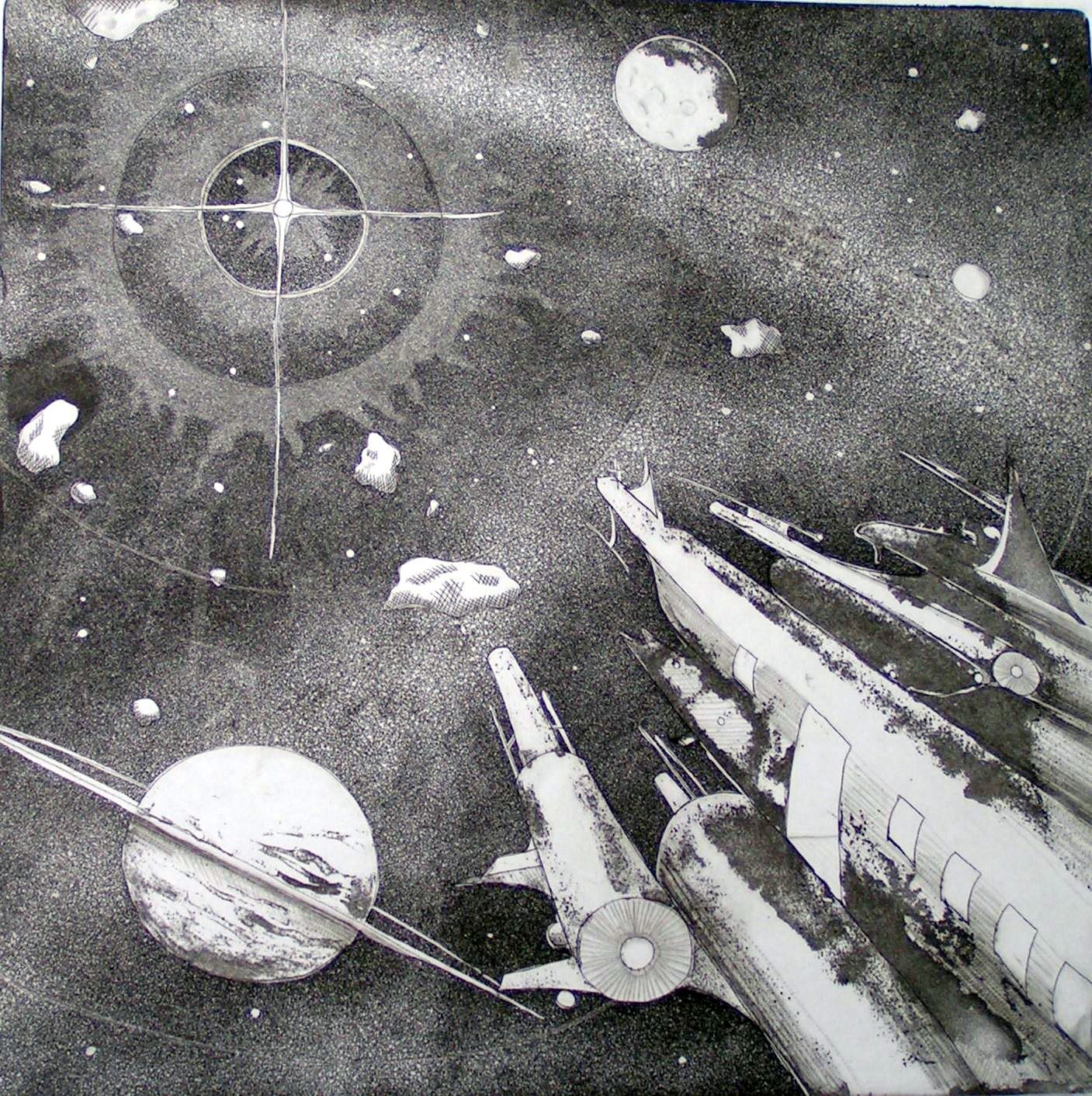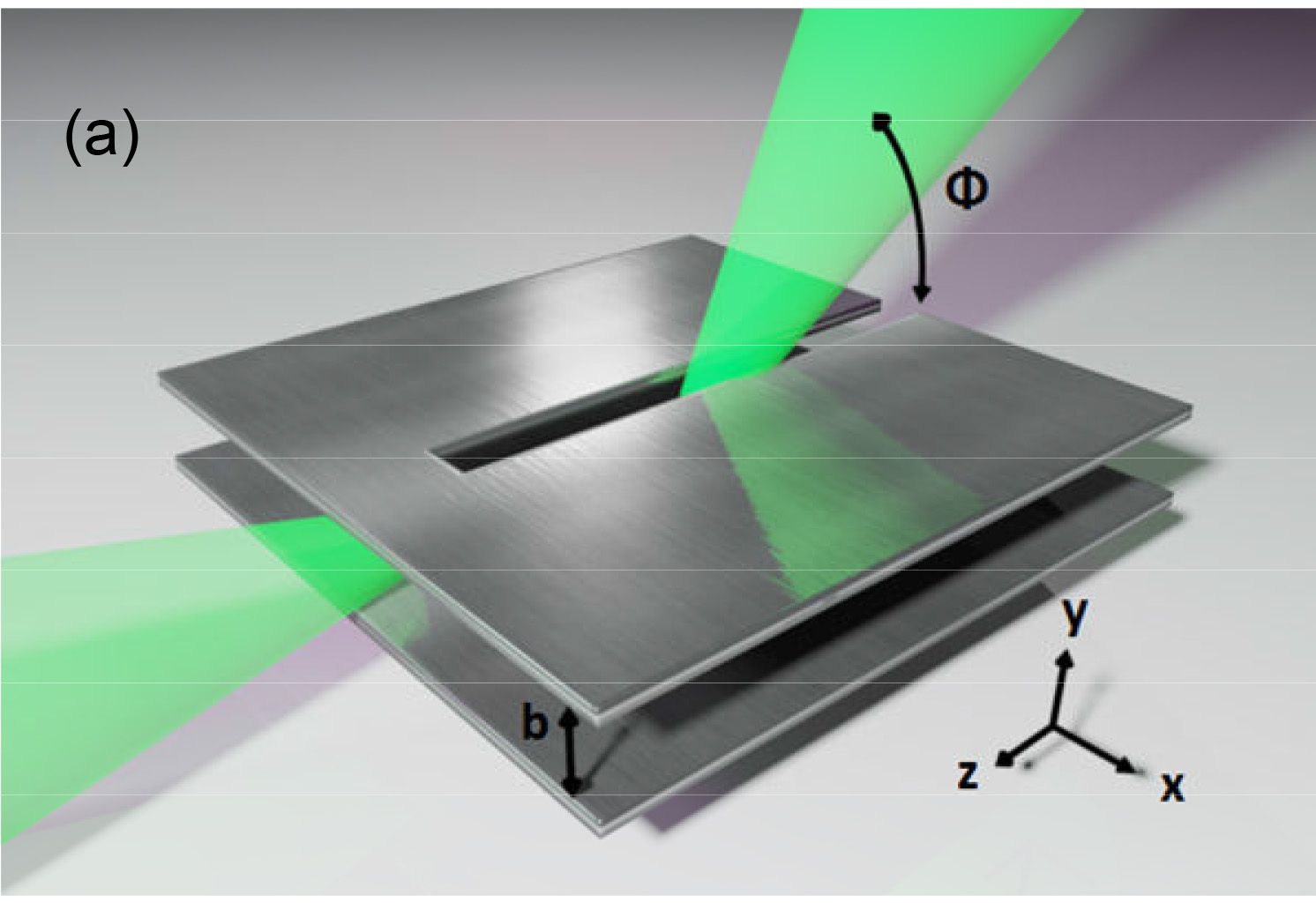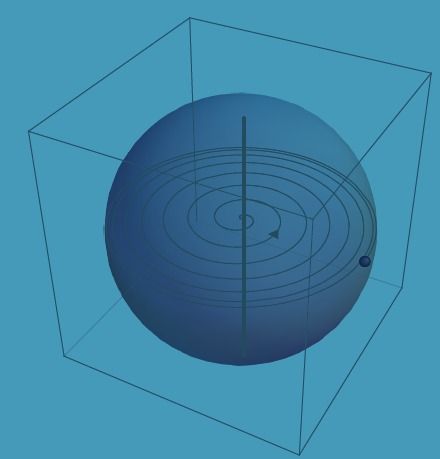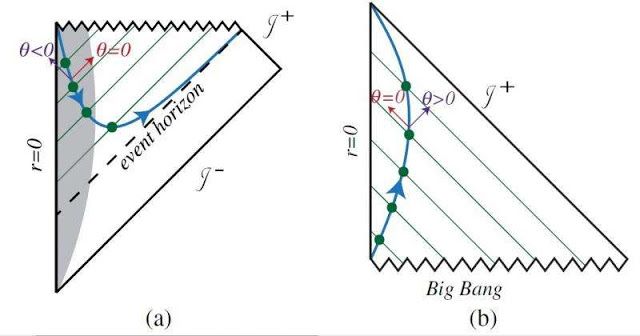Oct 1, 2015
Stephen Hawking says nomadic aliens might crush us
Posted by Sean Brazell in categories: alien life, physics
Such advanced aliens would perhaps become nomads, looking to conquer and colonize whatever planets they can reach,” Hawking told El Pais. “To my mathematical brain, the numbers alone make thinking about aliens perfectly rational. The real challenge is to work out what aliens might actually be like.”
It’s funny how math can make you paranoid. Even if it’s entirely reasonable paranoia. The discovery of water on Mars is, for the non-mathematical at least, the first indication that something out there might be alive or might once have been alive.”
Technically Incorrect: The famed physicist says that simple math makes him believe there are aliens out there.















